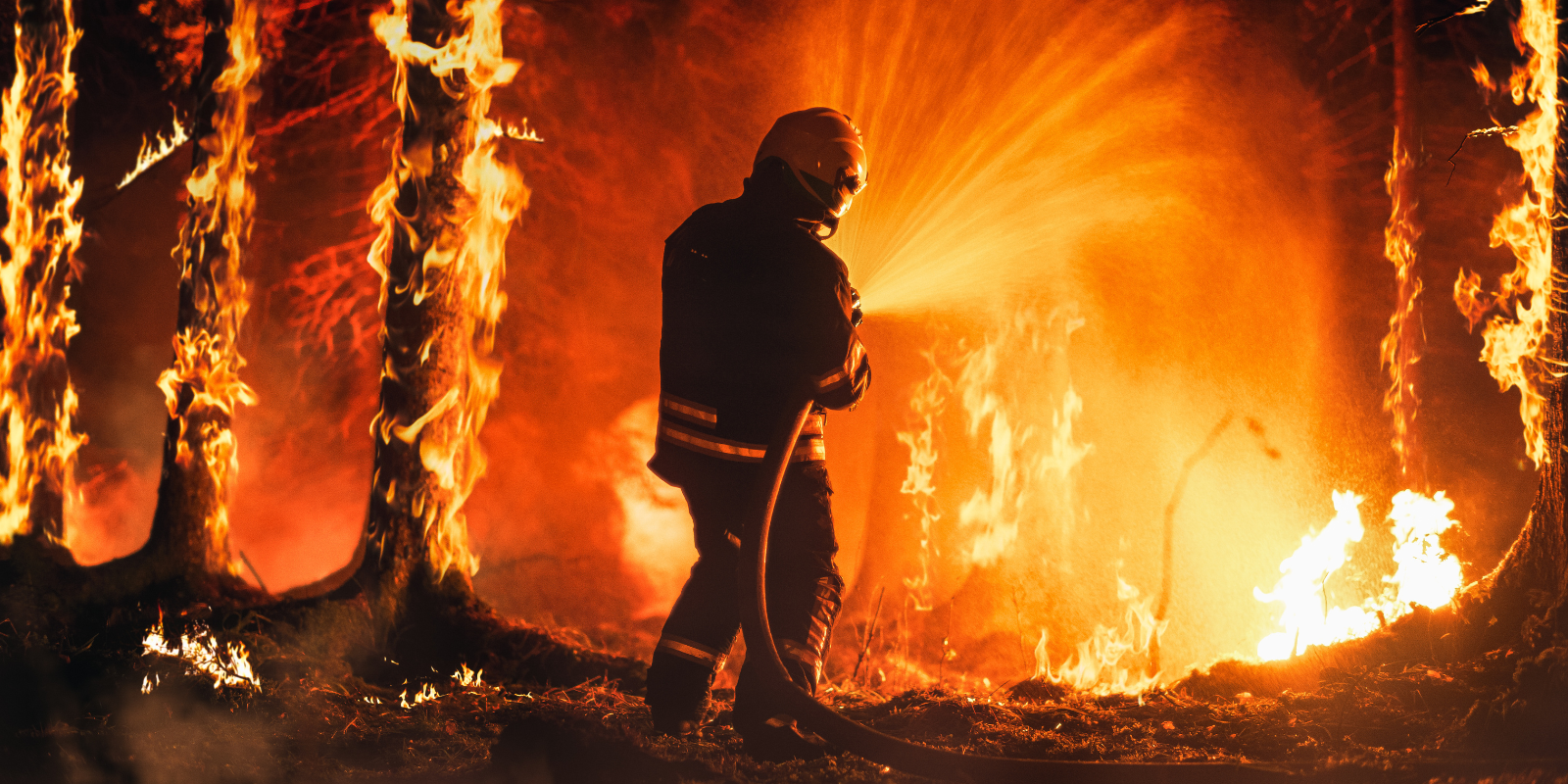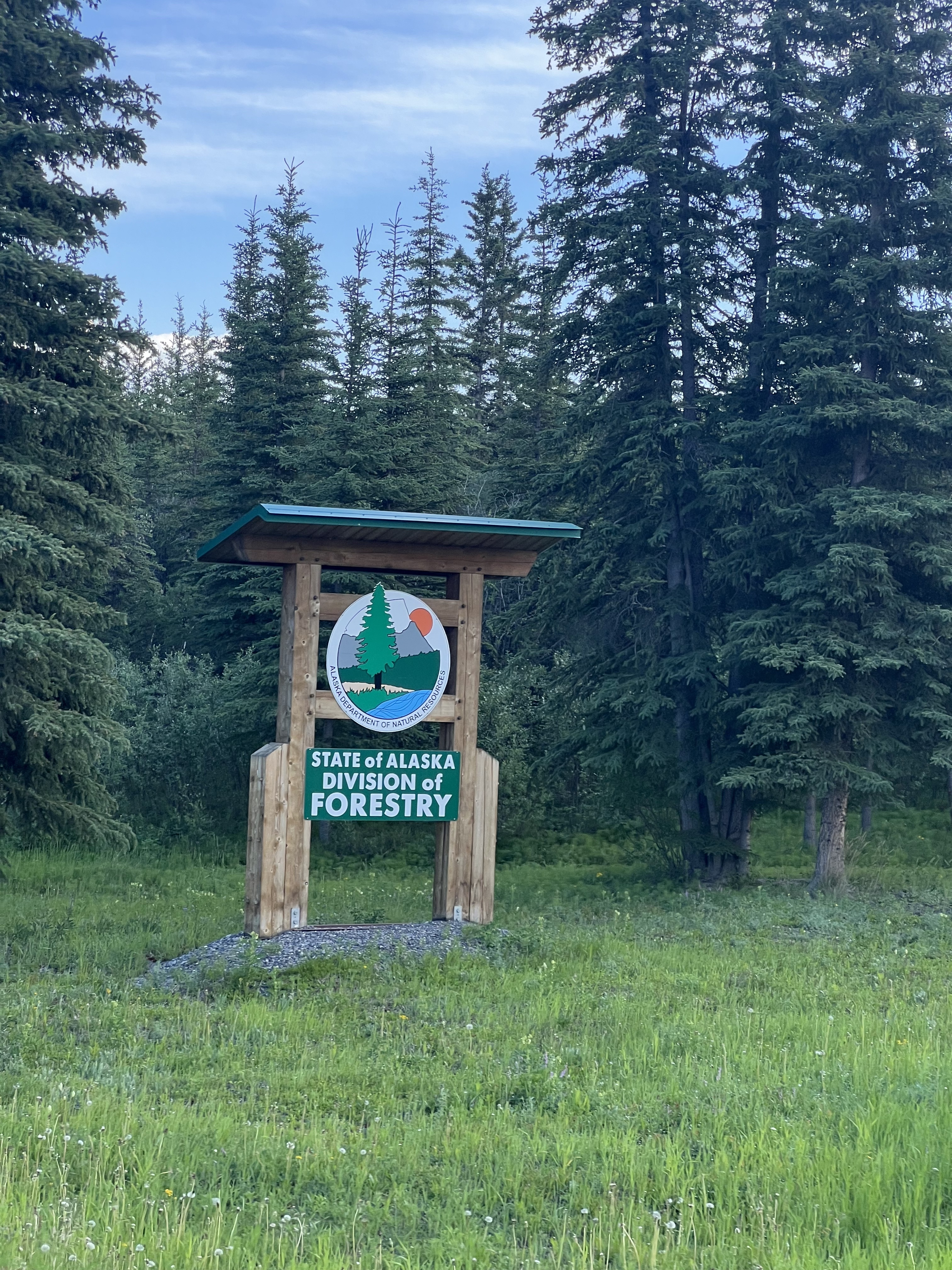
ANCHORAGE, Alaska – Higher pay for Alaska’s wildland firefighters — secured by members of the Alaska State Employees Association (ASEA/AFSCME Local 52) — will help recruit and retain more of them and better protect the nation’s largest state from wildfires.
Starting July 1, wildland fire and resource technicians and wildland forestry technicians employed by the state of Alaska’s Division of Forestry and Fire Protection received a 30% increase in “mission critical” incentive pay. ASEA represents about 106 such professionals.
Their union contract with the state has also been changed to make them eligible for hazard pay any time they take part in or help firefighting operations or are exposed to firefighting hazards, ASEA Executive Director Heidi Drygas wrote in an email to members.
Additionally, their hazard pay will rise from 15% to 25% in four-hour increments as per the agreement between ASEA and the state.
And these hardworking professionals got a 5% cost-of-living adjustment as of July 1.

